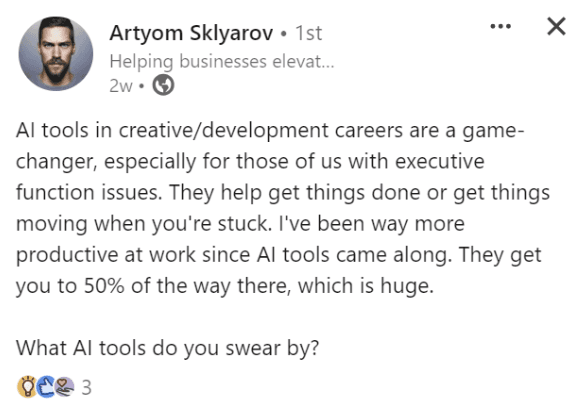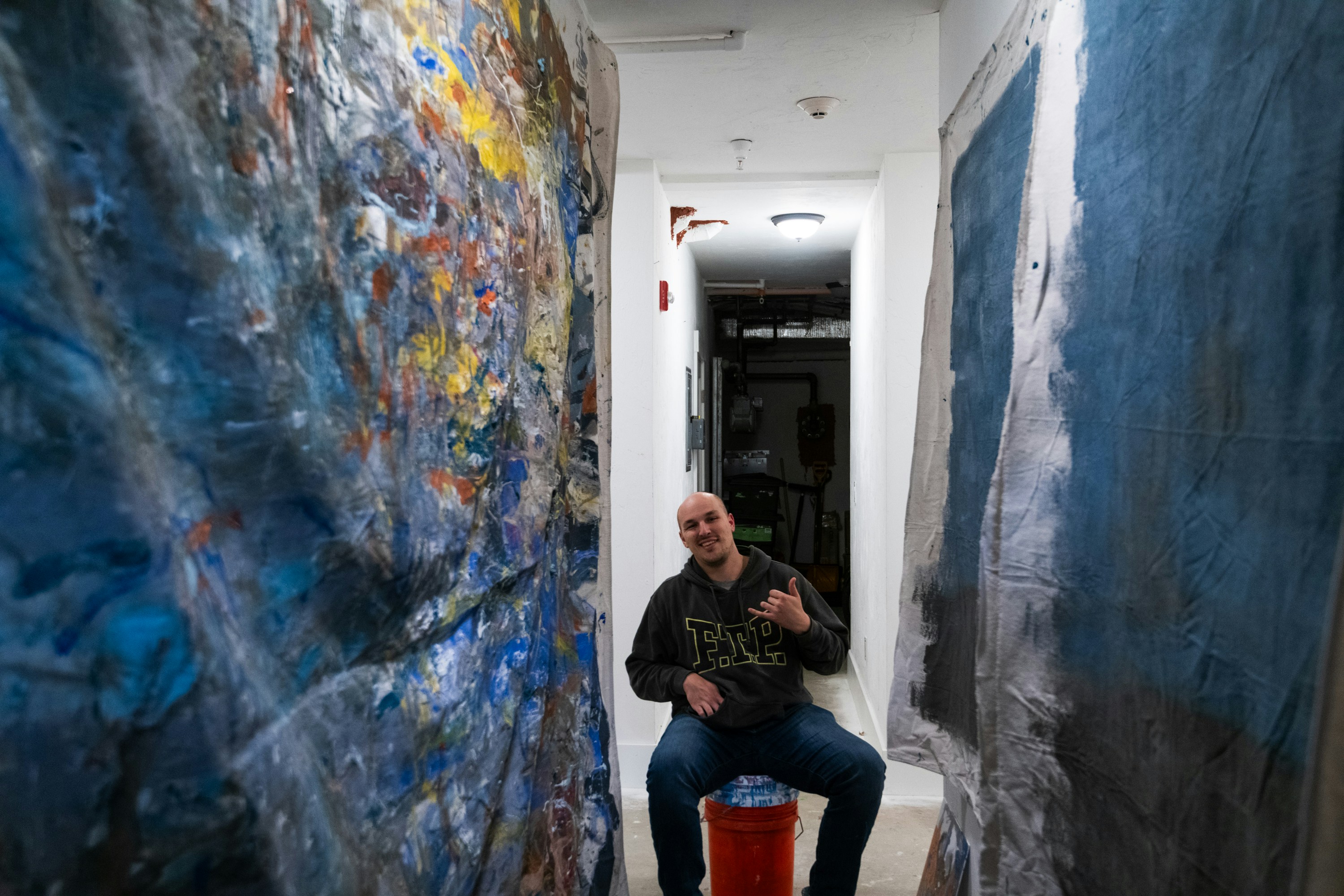Does it Matter How Art Is Created?
AI has permeated every facet of life, business, and art. And there is no turning back. Many artists, designers, and musicians today use AI to stretch the boundaries of creativity and what is humanly possible. Should brands and businesses credit their human and AI-enhanced sources? Does it matter if the creative output is high quality? Read this thoughtful article and give us your insights in the comments.
Read Time
Category
Creative
AI has permeated every facet of life, business, and art. And there is no turning back. Every industry and business use AI, whether it’s for analytics intelligence, coding, content drafts, or graphic design. Many mixed media artists and musicians use AI to stretch the boundaries of creativity and what is humanly possible.
Adventurous musicians and producers like Paul McCartney and Timbaland are incorporating AI into their creative process in experimental ways, using it to generate new sounds, melodies, and harmonies that go beyond traditional composition. I know of artists who use AI in their art, guided by their creative input, and honest in their approach and source. Let’s not forget that some of our favorite movies come to life with CGIs and AI.
The conversation around AI-enhanced art and design - for advertising and personal joy – is tricky. On one hand, AI is emerging as a new art form, and on the other, it’s not human or emotionally conscious. Not to mention taking work away from artists and makers.
Creative director, designer, and UX expert, Artyom Sklyarov, says “AI tools in creative/development careers are a game changer.”

here has been chatter about source “marking” art and advertising that is created or enhanced with AI to assure honesty and legitimacy. This would let consumers know how the creative was made.
Would you want to read a novel, listen to music, see a commercial, or embrace art that was created by machine-learned intelligence? Could we tell the difference? Do we care if it is good for our sensibility? The answers from my circle are mixed. While most people want to know how their art is contrived, many don’t care if it’s cooler, cheaper, faster, or bolder.
As a long-time writer and artist, AI can feel like the competition taking work away from creative humans. As a business partner, AI can drive creative velocity and efficiency.
AI is here to stay, so we need to work with it creatively, strategically, and honestly. Artificial Intelligence cannot exist without human creativity, but it can help us bridge the gaps in our capabilities. The output is only as good as the input.
So, I ask you: Do you want to know where your art comes from? Should AI get some of the credit?
About The Shed Creative
The Shed Creative is a boutique design and content marketing agency with a team in Pennsylvania, Texas, and Northern California. We are visual storytellers who energize businesses and brands with creative strategies, visual design, and intent-driven content. We help brands get discovered, connect with audiences, grow their visibility, and stand out. Take a moment to discover our services and meet our team.

Robin Leigh Kessler
Content Director
Robin Leigh is a content creator, writer, editor, strategist, and digital marketing subject matter expert. With 25+ years of professional marketing agency experience, she creates engaging, impactful, and meaningful content for people, brands, and search engines across the digital universe. Robin’s superpowers include content development, writing, editorial leadership, UX strategy, SEO, product building, AI transformation, design collaboration, communications, branding, and project workflows. From websites and SEO content to articles, blogs, social media, books, and presentations, she tells the right story and helps businesses and brands make deeper connections with audiences.





